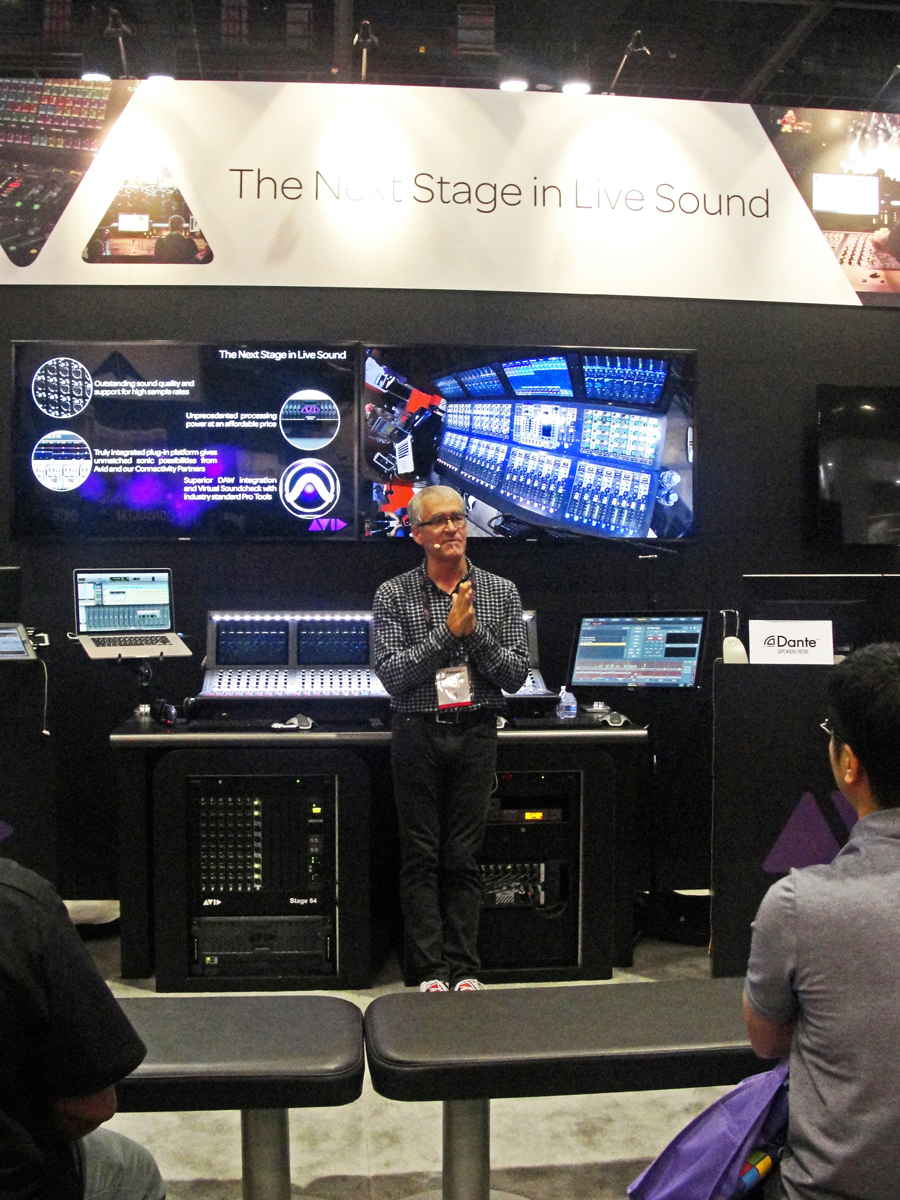

- #USING WAVES MULTIRACK WITH DANTE DRIVER#
- #USING WAVES MULTIRACK WITH DANTE SOFTWARE#
- #USING WAVES MULTIRACK WITH DANTE TRIAL#
- #USING WAVES MULTIRACK WITH DANTE MAC#
#USING WAVES MULTIRACK WITH DANTE TRIAL#
Am I being too picky there? At that point I had to get back to working something else and my trial ran out. I guess I could route all of the tracks through Studio One or ProTools but that seems like a lot of added failure points for a live rig. That setup would likely work OK for live but not monitors but I would have to figure out a way to delay all of the tracks to match the ones with plugging. There was some latency and it was just barely noticeable. Just for the heck of it I routed a track through PreSonus Studio One (V2) with the same plugins and had no problems with noise at all, very clean. I suspect I could have tweaked some buffers or ? and cleaned that up but didn’t have time. I was playing around with the Waves MultiRack app and had all kinds of odd noise, not really pops and clicks but more like scratchy noise. Just FYI, I”m using the Mini b/c I want this whole thing to be very portable. I’m just hard wired between my GLD and the Mini with DVS so there is no external switching or routing in the picture here.
#USING WAVES MULTIRACK WITH DANTE MAC#
So if I read it right, besides buffer settings the key factor in your setup is the Dante/RedNet PCI card? I’m using a Mac Mini (fastest I could get about 6 moths ago) so I don’t have the option for a PCIE card unfortunately. For applications where low latency and reliability are critical you should really look at the M-Waves card together with a SoundGrid Server.



#USING WAVES MULTIRACK WITH DANTE SOFTWARE#
This might be acceptable in a live application for FoH use, provided you delay compensate all correlated channels to avoid comb filtering (by routing them all into Multirack and using the software group delay features). – The processing latency of the plugins, shown here in samples.įinding the right balance requires some trial and error but even with the best computer you will still have several ms of latency (I couldn’t get below 5.3ms each way on my MBPro). On a Mac this is typically controlled by the host application (DAW request buffer size).
#USING WAVES MULTIRACK WITH DANTE DRIVER#
On a Windows PC this is usually dictated by the driver (again under DVS / ASIO). – On a Windows PC, the ASIO Latency set in the DVS panel / ASIO. – The Dante Latency set in the DVS panel (default is 10ms, min value 4ms depending on system performance) – more on this in the DVS User Guide. Waves work on x86 architecture (win/macos) and note that they no more support TDM arch since v9.The overall roundtrip latency will be dependant on a number of settings including: They would probably make more money because people would buy a lot more plugins.Įven if they decide tomorrow to open their « deep processing » architecture to third party plugins, waves or other won’t work on it as it require specific programming extertise, third party teams must work together with a&h to test and debug, with different configurations … this is not an easy task ! They could monetize it by being the portal and taking a percent just like Apple does for apps. It is too bad that A&H does not open its Deep Processing to third parties.


 0 kommentar(er)
0 kommentar(er)
